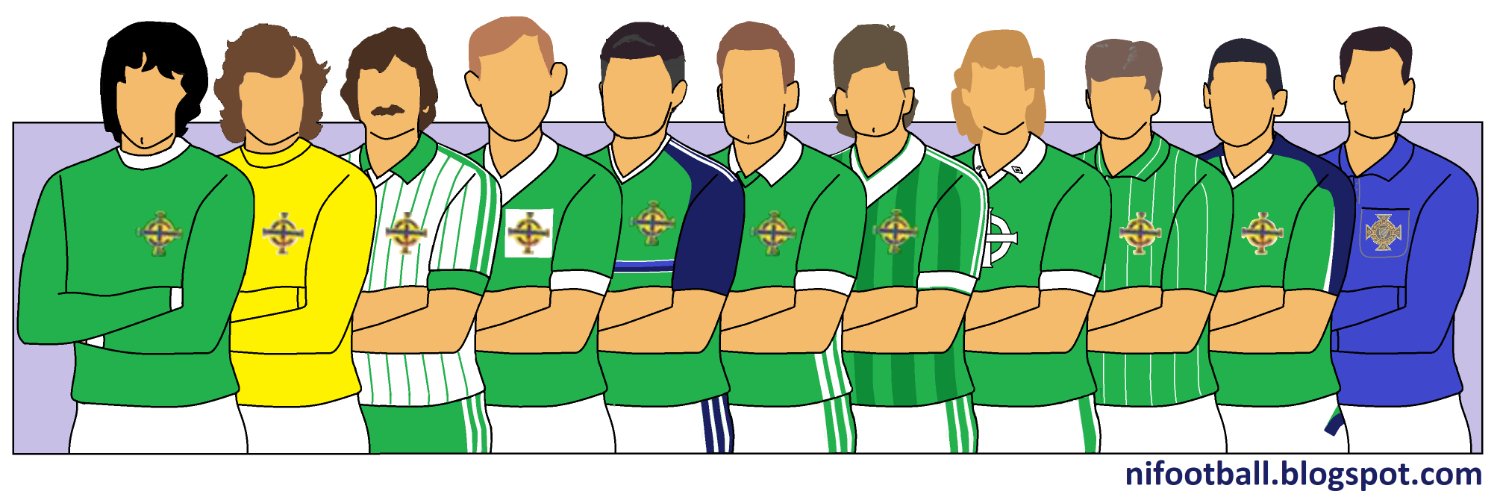Northern Ireland hosts the second oldest league competition in world football, the Irish Football League being founded in 1890. Only the English Football League (established in 1888) predates it while the Scottish Football League launched a week later.
The English and Scottish champions are both awarded comparatively modern trophies; the English Premier League champions receiving the trophy introduced along with the "new" league in 1992/93, and the SPFL Premiership trophy was first awarded in 1999 to the winners of the then new SPL. But, while the NIFL is the third different body to have organised the senior league game within Northern Ireland, the trophy has remained the same since it was first awarded to the champions of an initially (notionally at least) all-Ireland competition.
The origins of the Irish League trophy, the Gibson Cup, have long been widely misattributed. The history of Linfield FC claims that club president, and prominent linen mill owner, Robert Gibson had been the beneficiary but this appears to be more-modern pseudo-history.
 |
| Recent Northern Ireland internationals to have lifted the Gibson Cup: Liam Boyce (Cliftonville), Jamie Mulgrew (Linfield) and Colin Coates (Crusaders) |
Martin J. Moore (@crusaders1898 on X) has thoroughly researched the true origins of the Gibson Cup dating back to 1894, and has provided the text below:
While medals were presented to the Irish League champions, there was no trophy awarded until the 1894–95 season, when a silver cup was presented to the League by W. Gibson & Co., jewellers, of Donegall Place, Belfast (Belfast Evening Telegraph, 27 August 1894), after which it was named the ‘Gibson Cup’. The Dublin newspaper Sport recorded in December 1894 that the new trophy, made of one hundred ounces of pure silver, was on display in Gibson & Co.’s window.
William Gibson (1838–1913) was a highly successful businessman from Dromore, County Down, whose Belfast watchmaking and jewellery business began in the 1860s. By the 1880s he was also a partner in the Goldsmiths and Silversmiths Company of Regent House, London, and in 1891 he had also acquired Mappin Bros. of Sheffield and London. As well as a large house at Dromore, he also had a house in London and a villa in Cannes.
While medals were presented to the Irish League champions, there was no trophy awarded until the 1894–95 season, when a silver cup was presented to the League by W. Gibson & Co., jewellers, of Donegall Place, Belfast (Belfast Evening Telegraph, 27 August 1894), after which it was named the ‘Gibson Cup’. The Dublin newspaper Sport recorded in December 1894 that the new trophy, made of one hundred ounces of pure silver, was on display in Gibson & Co.’s window.
William Gibson (1838–1913) was a highly successful businessman from Dromore, County Down, whose Belfast watchmaking and jewellery business began in the 1860s. By the 1880s he was also a partner in the Goldsmiths and Silversmiths Company of Regent House, London, and in 1891 he had also acquired Mappin Bros. of Sheffield and London. As well as a large house at Dromore, he also had a house in London and a villa in Cannes.
 |
| Sport Newspaper (Dublin), 8th December 1894 |
 |
| Gibson & Co, Castle Place, Belfast (1915) - now the site of a McDonald's fast food restaurant |
Links:


Comments